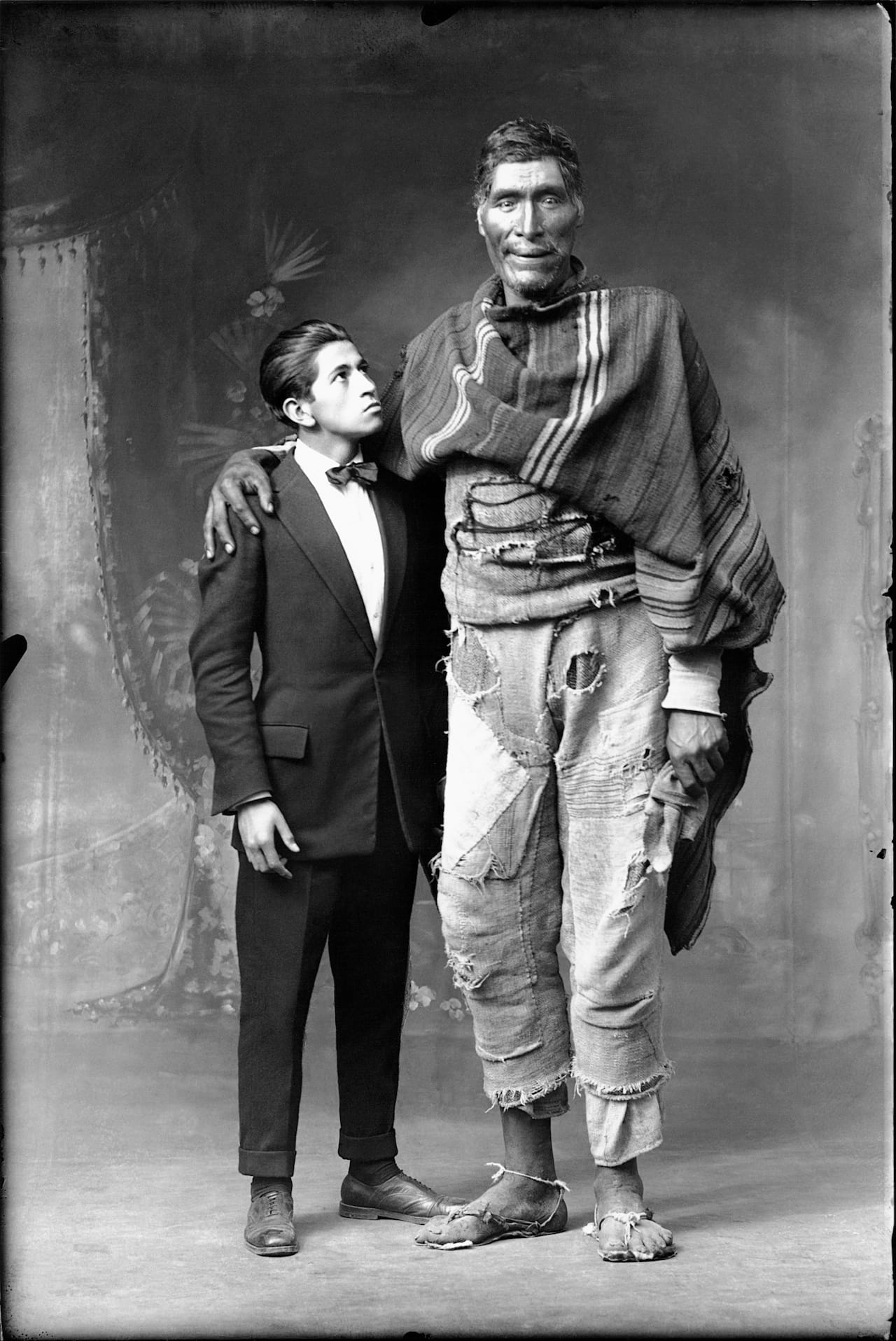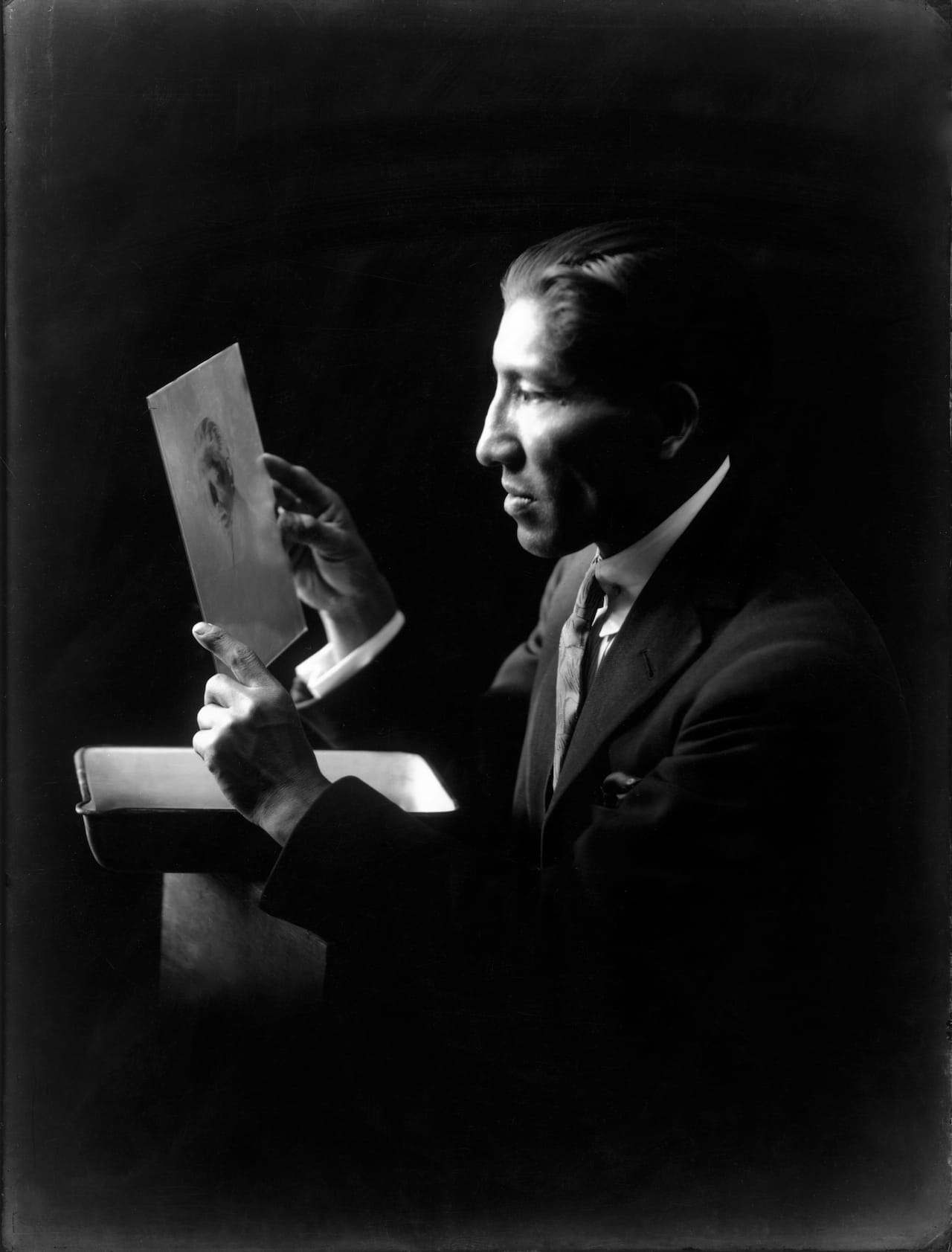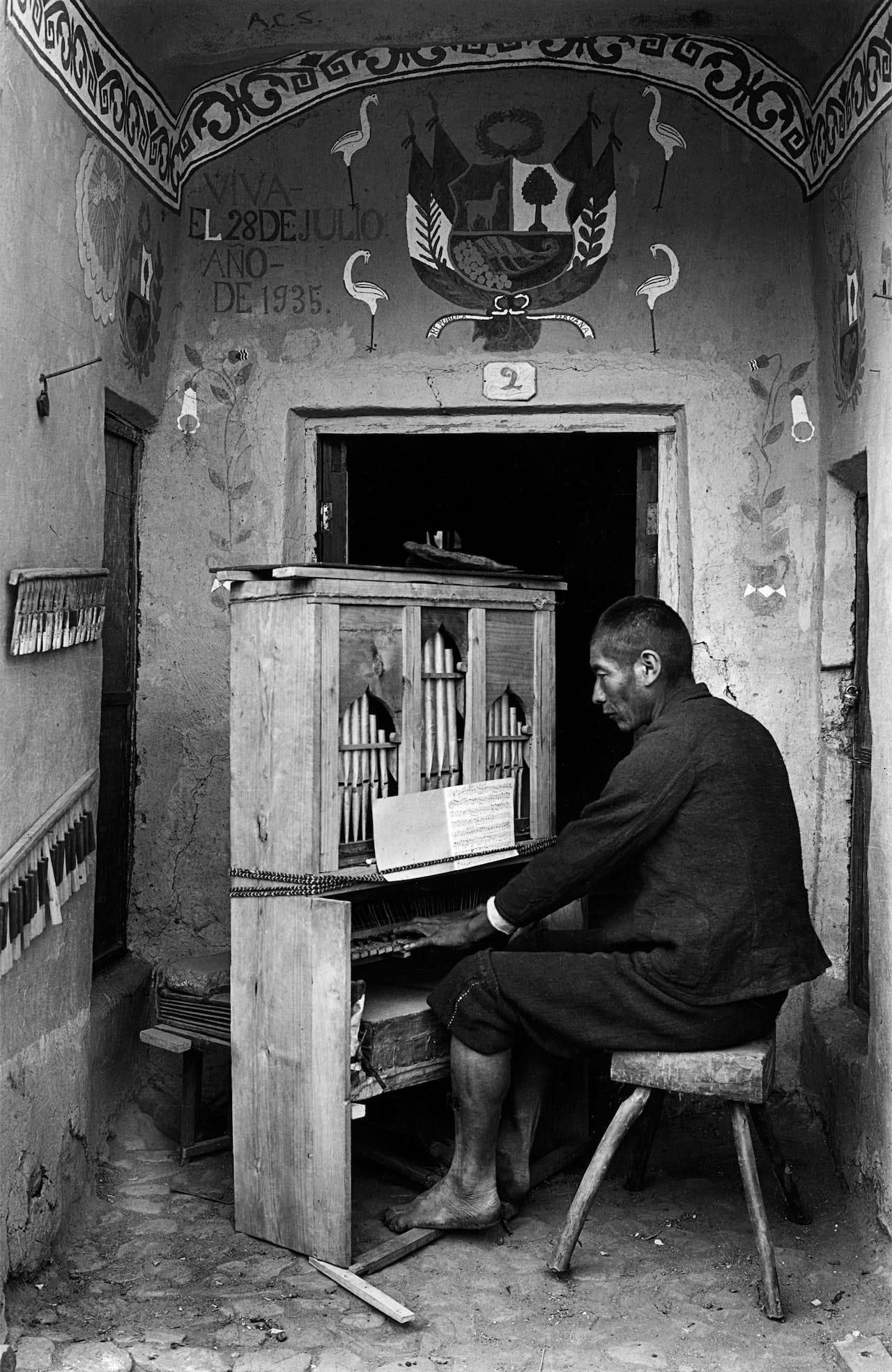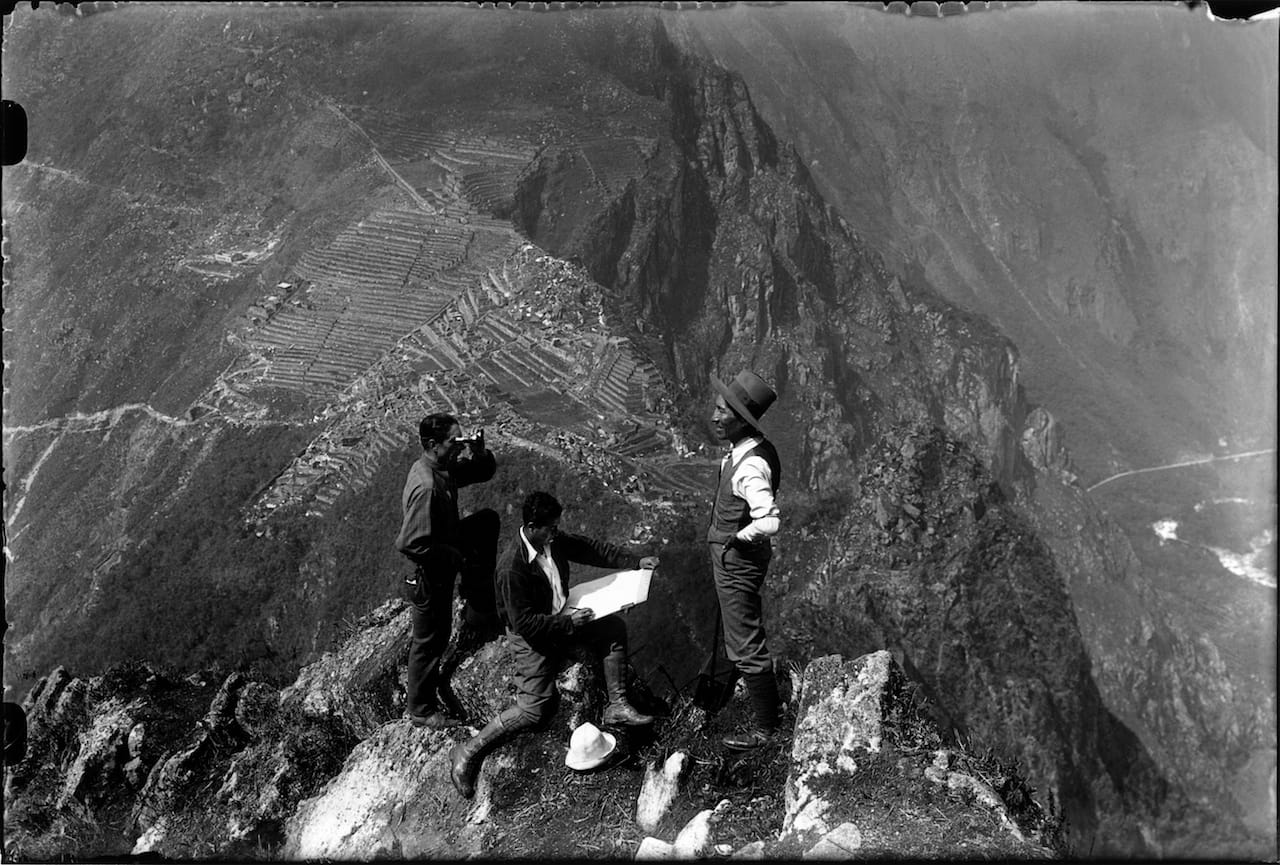The Trailblazing Peruvian Photographer Who Captured a Vanishing World
In 1905, when the Andean photographer Martín Chambi was 14 years old, he traveled to northwestern Peru with his father, who had a job working in a gold mine there. At the time, there were no indigenous photographers in the country, and images of the Quechua people were mostly captured through the le

In 1905, when the Andean photographer Martín Chambi was 14 years old, he traveled to northwestern Peru with his father, who had a job working in a gold mine there. At the time, there were no indigenous photographers in the country, and images of the Quechua people were mostly captured through the lenses of French and American photographers. But after meeting the photographer for his father’s mining company, Chambi became enamored with the camera. He soon apprenticed himself to Max T. Vargas — one of the earliest Peruvian photographers — and a legend was born.
“I’ve read that in Chile they think that the indigenous South American peoples have no culture, that they are not civilized, that they are intellectually and artistically inferior to European white peoples,” he wrote in 1936, long after he’d become a celebrated Peruvian photographer. “[My] artworks are a graphic testament that is more eloquent than my own opinion … I feel I am representing my race; my people will speak through the photographs.”
Chambi is most famous for his expressive, painterly portrayals of Peru’s diverse society, some of which are currently on view at São Paulo’s Instituto Moreira Salles in Face Andina – Fotografias de Martín Chambi. The exhibition builds on the museum’s recent acquisition of 88 of Chambi’s images and spans the breadth of his prolific, five-decades-long career, during which he produced more than 40,000 glass plate negatives. In addition to the portraits, the show includes 23 postcards (Chambi introduced them to the country) as well as panoramas of Machu Pichuu, which he was the first to document after its “discovery” by Hiram Bingham.
“[Chambi’s images] integrate [an] important part of the South American imagination,” the curators write in a press release. “[They are] poetic, mysterious, and incisive documents of a vanished world.”






Face Andina – Fotografias de Martín Chambi continues at the Instituto Moreira Salles (Rua Piauí, 844, São Paulo, Brazil) through February 22, 2015.




